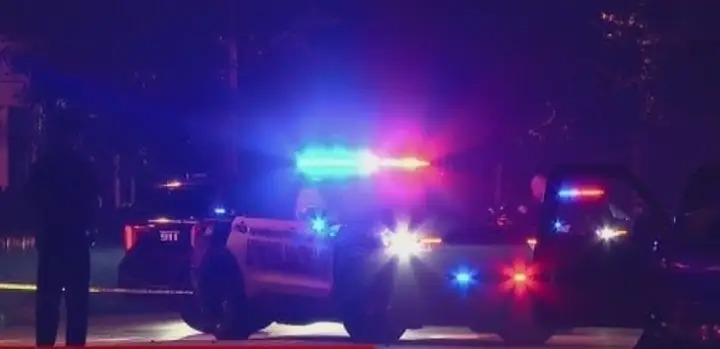A devastating plane crash in San Diego has left a community in mourning and sparked a federal investigation into the circumstances that led to the tragedy. In the early hours of Thursday morning, a Cessna 550 Citation business jet crashed into a Navy-owned residential neighborhood known as Murphy Canyon. The crash occurred as the aircraft was attempting to land at Montgomery-Gibbs Executive Airport. Tragically, all six individuals on board lost their lives in the fiery accident, which also destroyed numerous homes and vehicles in the densely populated area. Preliminary findings from the National Transportation Safety Board (NTSB) indicate the jet collided with high-tension power lines just moments before its descent, triggering a chain reaction of destruction.
Dan Baker, the NTSB’s lead investigator on the scene, confirmed that the aircraft had departed from Teterboro, New Jersey, with a scheduled stop in Wichita, Kansas, before heading to its final destination in San Diego. The pilot, according to available air traffic recordings, had not reported any mechanical issues and did not issue a distress call before impact. Among the deceased were music industry figure Dave Shapiro and well-known drummer Daniel Williams, whose names were confirmed through investigative sources though authorities have not formally released identities. The crash occurred at approximately 3:45 a.m., catching many residents off guard and igniting a swift, chaotic evacuation effort that spanned several blocks.
Investigators have uncovered several concerning issues related to the airport’s operational infrastructure at the time of the crash. Notably, the automated system that relays real-time weather data to pilots was not functioning due to an unrelated power surge. In its absence, the pilot relied on weather conditions reported from Marine Corps Air Station Miramar, which is roughly four miles away. The conditions described included calm winds, low visibility, and a ceiling of only 200 feet—marginal at best for landing. Compounding the challenge were multiple Notices to Air Missions (NOTAMs) indicating that vital visual guidance systems at Montgomery-Gibbs Airport, including the precision approach path indicator and runway lighting, were out of service.
As the NTSB digs deeper into the crash, attention is turning to several key areas, including the pilot’s qualifications, recent flight history, and the aircraft’s maintenance records. While the business jet did not carry a flight data recorder, there is a possibility that a cockpit voice recorder was onboard, which could provide critical insight into the final moments before the crash. Investigators also confirmed that the wreckage recovery operation would be completed by Friday afternoon, concluding the initial phase of the onsite investigation. At this point, it is still unknown whether Dave Shapiro, who was the registered owner of the aircraft and held a pilot’s license, was at the controls during the fatal flight.
Despite the intense flames and widespread property damage, the quick and courageous actions of nearby military families helped prevent a larger human toll. Only eight people on the ground were reported injured, and many were able to escape thanks to neighbors assisting one another, in some cases jumping from windows to flee burning buildings. Around 100 residents were displaced and are now receiving help from Liberty Military Housing and the Red Cross to secure temporary accommodations. The broader aviation community, including the Federal Aviation Administration, Textron Aviation, and Williams International Engines, is cooperating with the NTSB to piece together the factors that led to this disaster. As the investigation continues, grieving families and shaken residents await answers and accountability.



